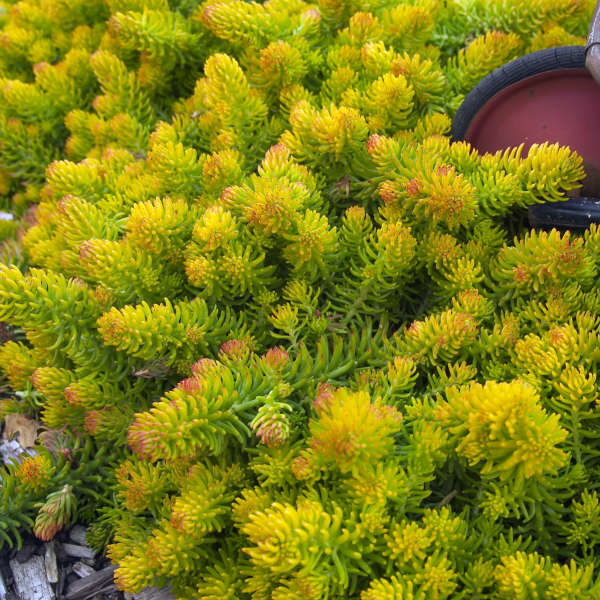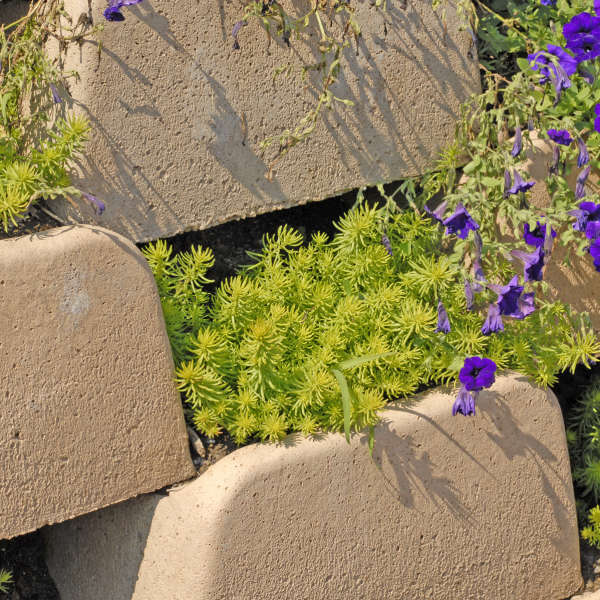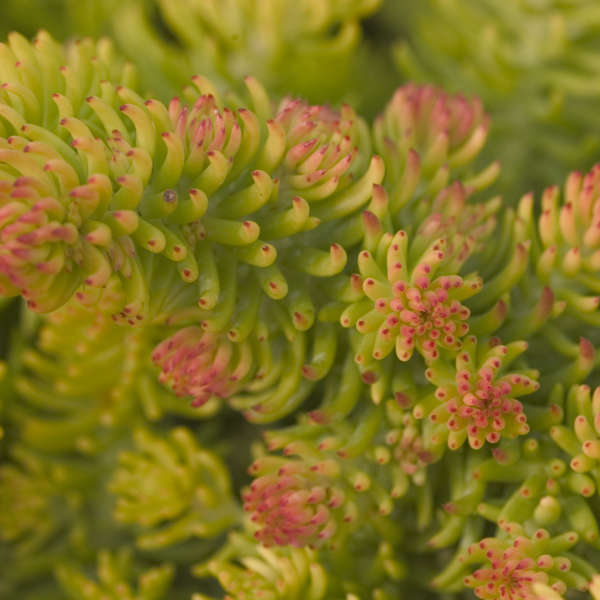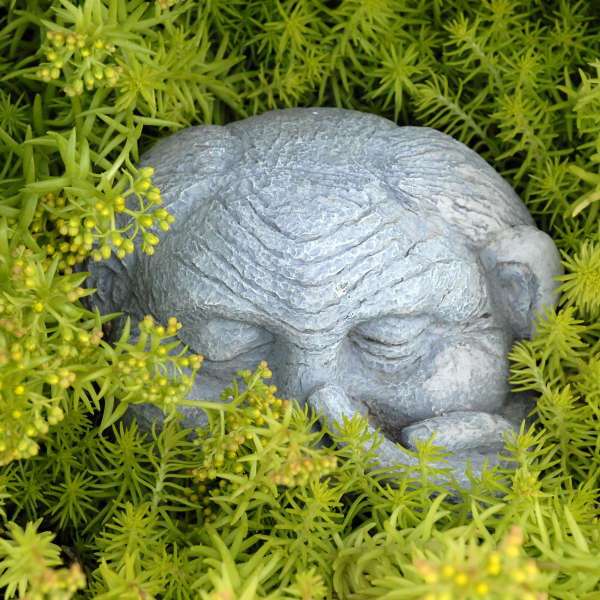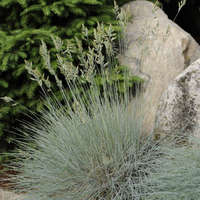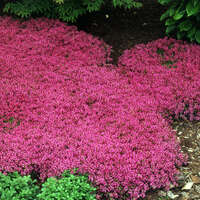Sedum repestre 'Angelina'
Common Name: Blue Spruce Stonecrop
'Angelina' shines with brilliant golden yellow, evergreen, needle-like leaves all summer long. As the temperatures turn cooler in the fall, the tips of the leaves take on a reddish-orange tinge which lasts all winter long. You can pick this plant out from a long distance away--it really glows! Yellow flowers appear on 6-8 inch stalks in early summer.
Low, spreading sedums form a solid mat of foliage which is excellent for covering slopes or can be planted as a groundcover in sunny, dry areas. They are extremely drought tolerant and many are evergreen. 'Angelina' also looks great in combination container plantings where it will spill over the sides of the pot. These are terrific low-maintenance plants that always look their best.
